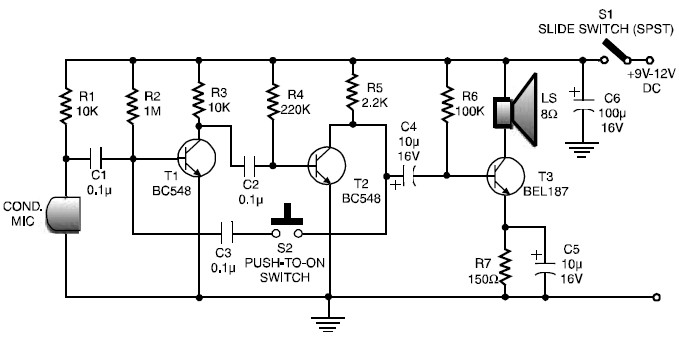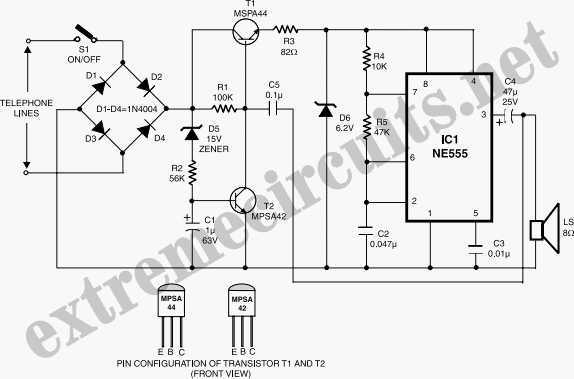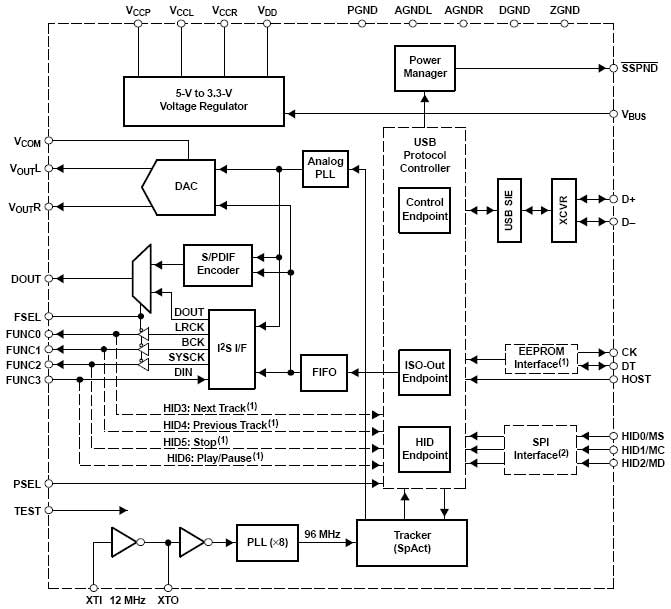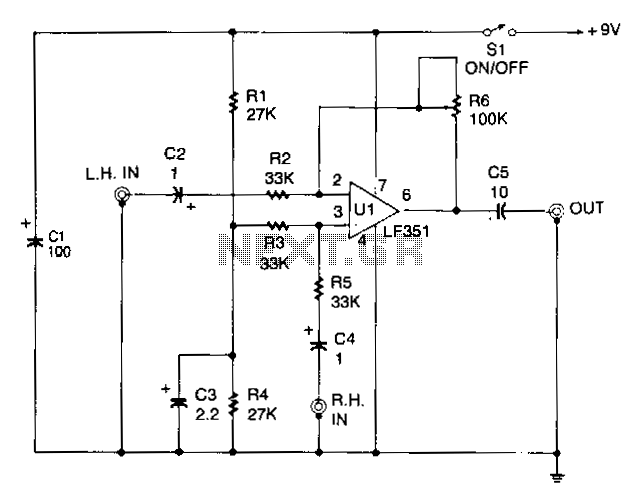
Simple Cell Phone Jammer
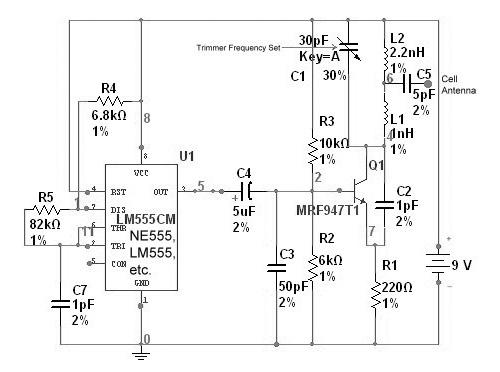
A "Cell Jammer" is simply another term for a "Dirty Transmitter," which transmits within the cellular phone frequency bands. In reality, the more interference it generates, the more effective it is.
A cell jammer operates by emitting signals that interfere with the normal communication between mobile devices and cellular towers. These devices are designed to operate within the same frequency ranges used by cellular phones, typically between 800 MHz and 2.5 GHz, depending on the specific technology and standards in use (such as GSM, CDMA, or LTE).
The fundamental principle behind a cell jammer is the generation of noise signals that overwhelm the legitimate signals from cell towers. This is often achieved through the use of power amplifiers and antennas specifically tuned to the target frequency bands. The design usually includes a multi-channel approach, allowing the jammer to disrupt multiple frequencies simultaneously, thereby affecting a wide range of mobile devices in its vicinity.
Key components of a typical cell jammer include:
1. **Signal Generator**: This component creates the jamming signals. It can be a simple oscillator or a more complex system that can modulate signals to match the characteristics of the target cellular frequencies.
2. **Power Amplifier**: The generated signals are often weak and require amplification to ensure they can effectively interfere with cellular communications. The power amplifier boosts the signal strength to the required levels.
3. **Antenna Array**: A set of antennas designed to radiate the jamming signals. The design of the antenna array can significantly impact the range and effectiveness of the jamming operation. Directional antennas may be employed to focus the jamming energy in specific areas.
4. **Control Circuitry**: This includes microcontrollers or other logic devices that manage the operation of the jammer, allowing for adjustments in frequency, power output, and operational modes.
It is important to note that the use of cell jammers is illegal in many jurisdictions due to their potential to disrupt legitimate communications and emergency services. Consequently, any design or implementation of such devices should be approached with caution and a thorough understanding of the legal implications.A “Cell Jammer†is just way of saying “Dirty Transmitter†which happens to transmit within the Cellular Phone Bands. Reality is, the dirtier the better. T.. 🔗 External reference
A cell jammer operates by emitting signals that interfere with the normal communication between mobile devices and cellular towers. These devices are designed to operate within the same frequency ranges used by cellular phones, typically between 800 MHz and 2.5 GHz, depending on the specific technology and standards in use (such as GSM, CDMA, or LTE).
The fundamental principle behind a cell jammer is the generation of noise signals that overwhelm the legitimate signals from cell towers. This is often achieved through the use of power amplifiers and antennas specifically tuned to the target frequency bands. The design usually includes a multi-channel approach, allowing the jammer to disrupt multiple frequencies simultaneously, thereby affecting a wide range of mobile devices in its vicinity.
Key components of a typical cell jammer include:
1. **Signal Generator**: This component creates the jamming signals. It can be a simple oscillator or a more complex system that can modulate signals to match the characteristics of the target cellular frequencies.
2. **Power Amplifier**: The generated signals are often weak and require amplification to ensure they can effectively interfere with cellular communications. The power amplifier boosts the signal strength to the required levels.
3. **Antenna Array**: A set of antennas designed to radiate the jamming signals. The design of the antenna array can significantly impact the range and effectiveness of the jamming operation. Directional antennas may be employed to focus the jamming energy in specific areas.
4. **Control Circuitry**: This includes microcontrollers or other logic devices that manage the operation of the jammer, allowing for adjustments in frequency, power output, and operational modes.
It is important to note that the use of cell jammers is illegal in many jurisdictions due to their potential to disrupt legitimate communications and emergency services. Consequently, any design or implementation of such devices should be approached with caution and a thorough understanding of the legal implications.A “Cell Jammer†is just way of saying “Dirty Transmitter†which happens to transmit within the Cellular Phone Bands. Reality is, the dirtier the better. T.. 🔗 External reference
